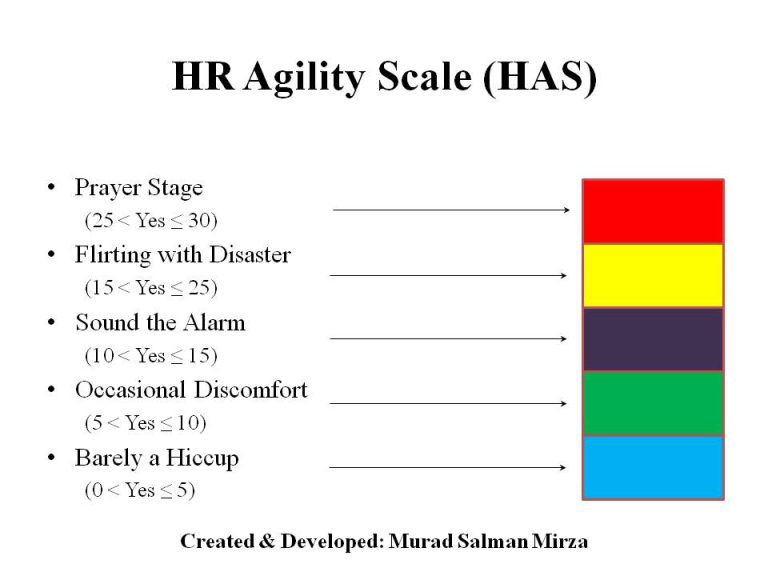The vast majority of successful businesses have a guiding mission statement with accompanying values that serve to encourage alignment. During a leadership change, aim to ensure that the organisation’s guiding principles and vision sit at the heart of all major decisions and shifts. Not only will this keep you on the right track, it will also lead to a sense of continuity, writes Andy Valenzuela, Chief Human Resources Officer, HireVue.
A change of leadership can be a volatile time for an organisation, especially when that leader is the founder and also the CEO who has been in place for almost 30. Sound familiar? It should, this is the current situation at Amazon.
While I have every faith that the world’s most valuable company will handle this challenge well, not all businesses have similar access to resources, talent and capital, therefore I thought it would be valuable to share some top tips for companies looking to successfully navigate a change in leadership. In fact, a lot of these tips would also work well for broader organisational change.
Understand the process of change
This may sound like an obvious one, but many organisations fail to adequately plan for change. Just consider any major brand from the past ten years which was disrupted and is no longer with us.
To overcome this, start by understanding that change can be broken down into three phases: preparation, implementation, and follow-through. Taking the time to appreciate each stage will place your organisation in a favourable position when inevitable disruption, whether its new leadership or something else, occurs.
Change will always be tough; it is in our nature to avoid the new and unusual. However, change is something we should value because of the innovation and fresh ideas it can bring.
Maintain your team’s trust
The first step in maintaining the trust of your team is by being as open and transparent as possible with them. Having the trust of your team is key for any major decision. This means continuing to communicate ongoing changes while also providing rationale behind the decisions being taken.
For example, during the height of the COVID-19 pandemic (an uncertain time for many) the leaders at Atlassian were in almost constant contact with their employees and the company blog was churning out a range of resources offering advice and information on business continuity plans. This was well received by the team.
Incorporate feedback
Throughout the process, do your best to take on board both employee, customer, and shareholder feedback. This will serve two purposes. First, it will not only enable you to foster a true sense of unity by making others feel heard. Second, it will also provide an opportunity to gut check certain decisions and highlight the need for any necessary fine-tuning. With the growth in video calls, it is easier than ever for leadership to stay in touch with stakeholders —use their feedback to your advantage.
Start by understanding that change can be broken down into three phases: preparation, implementation, and follow-through.
Stick to your principles
The vast majority of successful businesses have a guiding mission statement with accompanying values that serve to encourage alignment. During a leadership change, aim to ensure that the organisation’s guiding principles and vision sit at the heart of all major decisions and shifts. Not only will this keep you on the right track, it will also lead to a sense of continuity.
Make employees feel valued
Consistently remind employees of the value of their contributions (this is made easier when you stick to your mission). Large organisational changes, especially when they happen at the top, can leave employees feeling insignificant. To guard against this, do all you can to remind employees they are a part of something bigger, whether that is through cultural initiatives, individual feedback, or financial incentives.
Change will always be tough; it is in our nature to avoid the new and unusual. However, change is something we should value because of the innovation and fresh ideas it can bring. For example, hiring itself has had to adapt and change, with sharp surges in the number of businesses conducting video interviews, virtual assessments and also weaving automation into the process.
Having the trust of your team is key for any major decision. This means continuing to communicate ongoing changes while also providing rationale behind the decisions being taken.
Any shifts in an organisation’s structure can be scary, including leadership changes, but they should not be. When backed with a well laid plan — in many cases — these changes can signal the next stage of growth and development for your team.
KEY TAKEAWAYS
When looking to successfully navigate a change in leadership, or eve broader organisational change, follow these five steps
- Understand the process of change
- Maintain your team’s trust
- Incorporate feedback
- Stick to your principles
- Make employees feel valued
Image Source: Unsplash




